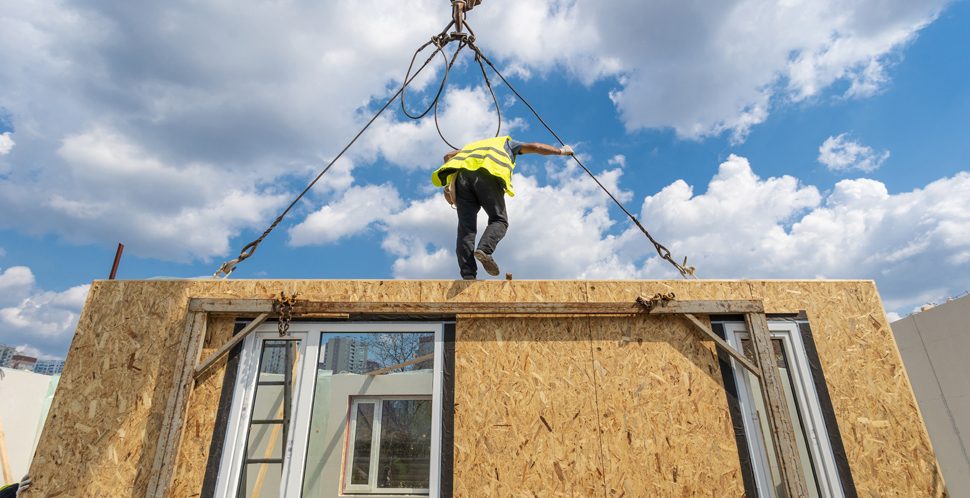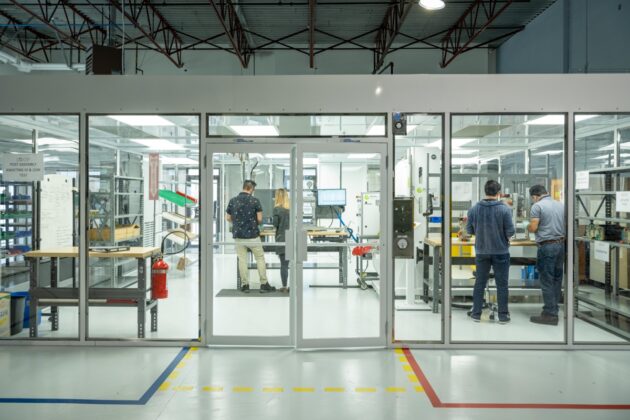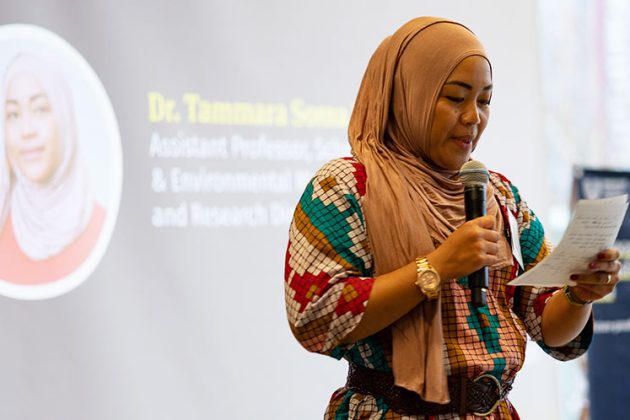Adopting circular economy approaches for the built environment could yield huge opportunities to increase the value and efficiency of the construction industry and reduce greenhouse gas emissions.
Construction and real estate are the largest parts of Vancouver’s economy, and one of the largest sectors in Canada. Building materials alone are a $46 billion industry annually, directly employing over 135,000 Canadians across the country. On an even larger scale, the building, construction, and maintenance of infrastructure creates 39 percent of emissions in the world, and construction accounts for 38.8 billion tonnes of material usage every year. This makes construction the single largest material use category on earth.
ICYMI: Canadian and Nordic circular economy hackathon
Last November, the Danish Trade Council, Business Sweden, Business Finland, Innovation Norway, Green by Iceland, the Town of Oakville, and Minto Communities hosted an online hackathon in partnership with the Vancouver Economic Commission (VEC) and financed by Nordic Innovation. The three-day digital competition focused on the fourth phase of the Oakville development by Minto Communities.
The purpose of the hackathon was to foster connections and knowledge-sharing between Nordic and Canadian companies through an intensive period of design or planning activity – one where they would collaborate to create innovative circular solutions with a focus on energy, waste, and climate change resiliency in the final phase of the Minto development.
Circular solutions achieve greater value for materials used, extend the total lifetime usability of materials, and save costs for owners and builders. Through this process waste is eliminated through the reduction, reuse, repair, and recycling of materials to limit inefficiencies and close the gaps within systems: this approach designs out waste.
The need for action in this space, and the opportunity for Canada was something the opening panel made abundantly clear. Featuring global leaders in circularity and embodied carbon, including Sonia Vaz-Martins and Maria Gabriela Costa from Sweco, Eva Geitel from ALA Architects and Zahra Teshnizi from Mantel 314, they all hit home the need for immediate action. Canada, with massive amounts of natural resources, leadership in building science, and decades’ worth of expected urban expansion is both a needed actor here, and a potential prime beneficiary of circular approaches to the built environment – if we move quickly.
Partnerships between Canada and circular economy leaders like the Nordic countries are one of the ways we can seize on this opportunity. From government-to-government relationships, as we have through the Comprehensive Economic and Trade Agreement (CETA), to business-to-business connections, the players are ready and the time to move forward is now.
Event Insights
The event drew on Nordic and Canadian businesses from sustainable energy solutions, building materials, innovative construction solutions and climate resilience. There were four event teams participating in the hackathon. Each team was a group of both Canadian and Nordic based businesses coming at the proposal from different backgrounds.
Among the winning team was Melt Collective, a local Vancouver-based circular business. The other four businesses were Scandinavian companies, including Ross DK, Scaledenmark, Lumon and Tecwill. All of their solutions included many different pieces of the build, such as advanced waste management practices, biogas production, geothermal and solar heating, modular production of building materials and onsite production of concrete.
Other Canadian businesses participating in the event were Calmura Natural Walls, Hygge Energy, Look4Loops, Rathco ENG and Seridan College.
How to get involved in Vancouver’s circular economy:
- Project Zero
- Circular Economy Solutions Series
- Circular economy business resources
- Vancouver’s circular economy work
- Upcoming: Project Greenlight program launch



